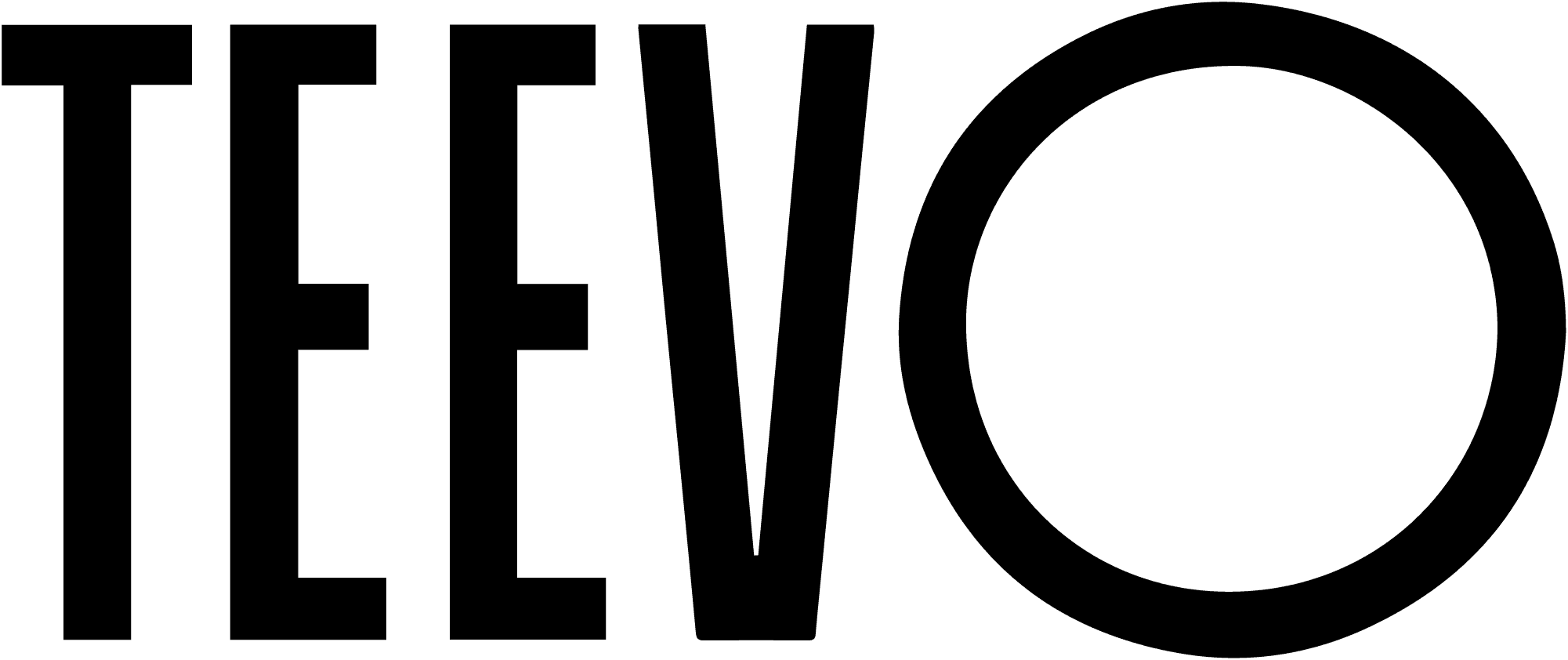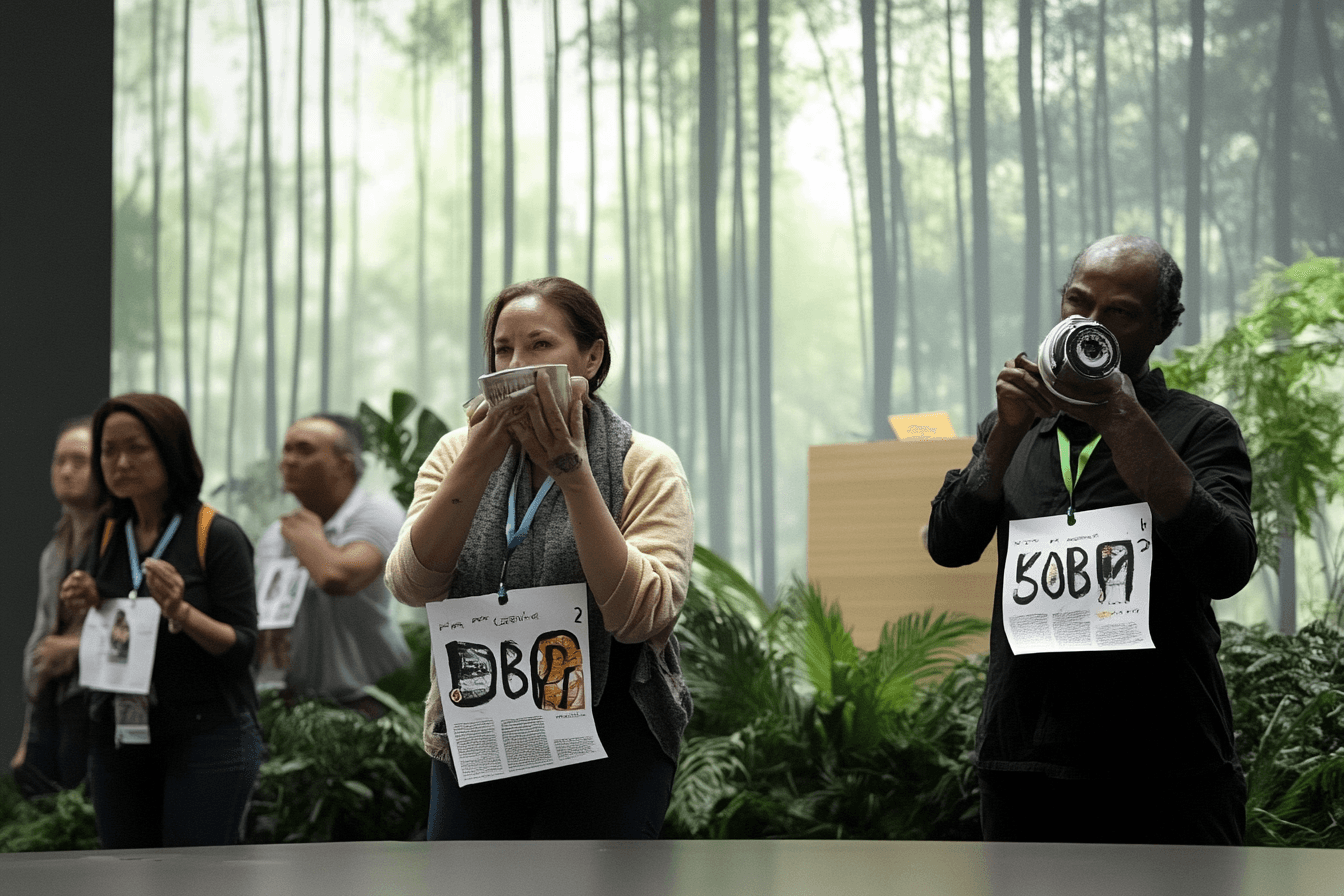In a world grappling with resource scarcity, waste, and environmental degradation, the circular economy has emerged as a beacon of hope. Unlike the traditional linear model of “take, make, waste,” the circular economy promotes sustainability through recycling, reusing, and redesigning products to minimize environmental impact. In this article, we spotlight leading brands that are redefining industry norms by embracing circular practices and inspiring others to follow suit.
Patagonia: Pioneering Repair and Recycling
Patagonia continues to set the gold standard in sustainable fashion. Through its “Worn Wear” program, the brand encourages customers to repair, resell, or recycle their clothing, extending product lifespans and reducing waste. The initiative exemplifies how brands can foster customer loyalty while prioritizing sustainability.
IKEA: Closing the Loop in Furniture
IKEA is tackling waste with its furniture take-back and resale program, which allows customers to return used furniture in exchange for store credit. The collected items are resold or recycled, aligning with the company’s goal to become fully circular by 2030. Its commitment to using renewable and recyclable materials underscores its leadership in the circular economy.
Adidas: Innovating Sustainable Footwear
Adidas is revolutionizing the footwear industry with initiatives like its “Made to be Remade” shoes, which are designed to be fully recyclable. By using innovative materials and circular design principles, Adidas is ensuring that discarded shoes are not wasted but instead become raw materials for new products.
Apple: Leading in Electronics Recycling
Apple’s “Trade-In” program exemplifies circular practices in the tech industry. By encouraging customers to return old devices for store credit, Apple repurposes valuable materials like aluminum, rare earth elements, and lithium. Its in-house Daisy robot disassembles old products to recover and recycle components efficiently.
Unilever: Reusable Packaging with Loop
Unilever is taking bold steps in reducing plastic waste by partnering with Loop, a reusable packaging platform. Customers purchase products in durable containers that are collected, cleaned, and reused, offering a zero-waste alternative to single-use packaging.
Levi’s: Driving Sustainable Denim
Levi’s is tackling the environmental impact of denim through its “Buy Better, Wear Longer” initiative. By creating durable jeans from sustainably sourced materials, the company encourages consumers to extend the lifecycle of their clothing. Levi’s also offers a trade-in program for recycling old denim.
The Body Shop: Refill and Reuse
The Body Shop’s refill stations allow customers to purchase products in reusable containers, significantly reducing single-use plastic waste. This initiative not only aligns with its environmental values but also enhances customer engagement with sustainable practices.
Dell: Designing for Circularity
Dell is rethinking product design with circularity in mind. Its “closed-loop recycling” process incorporates recovered materials from old electronics into the production of new devices. This approach minimizes waste and conserves resources in the tech industry.
Timberland: Regenerative Products
Timberland is embracing circularity through its Earthkeepers collection, which uses materials like recycled plastics and regenerative leather. The brand’s commitment to sustainable design is reshaping the outdoor gear industry while addressing global environmental challenges.
Lush: Packaging-Free Beauty
Lush stands out in the cosmetics industry with its “naked” products—solid shampoos, soaps, and lotions sold without packaging. By eliminating waste at the source, Lush exemplifies how brands can rethink traditional business models to prioritize sustainability.
Conclusion
The circular economy offers a transformative solution to the environmental challenges of our time. These brands demonstrate that sustainability and innovation can go hand in hand, paving the way for others to adopt circular practices. As consumers, our choices play a vital role in supporting these efforts, making the circular economy not just a business strategy but a collective movement toward a more sustainable future.
References
- Lucy Buchholz (2023). Top 10 Brands Embracing the Circular Economy in 2023. Sustainability Magazine. Available online. Accessed: 26 November 2024.
- Kate Birch (2024). How Adidas is Innovating to Make Sportswear More Sustainable. Sustainability Magazine. Available online. Accessed: 26 November 2024.
- Ellen MacArthur Foundation (2021). What Is the Circular Economy? Available online. Accessed: 26 November 2024.
For more info on our brands, head over to DooGood (bamboo toilet paper) and Teevo (eco-friendly, compostable tableware).




